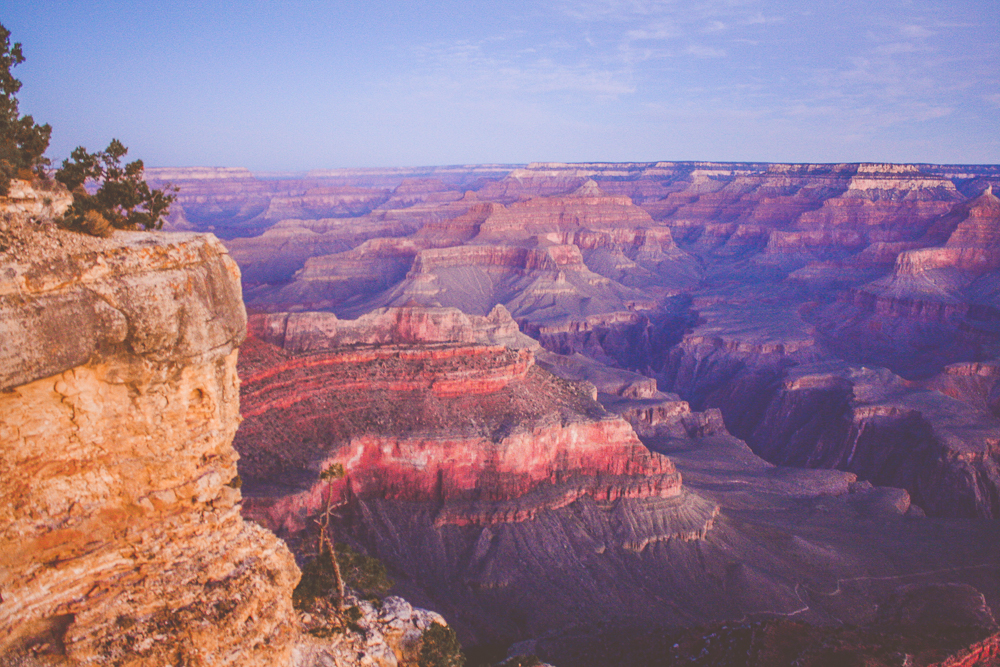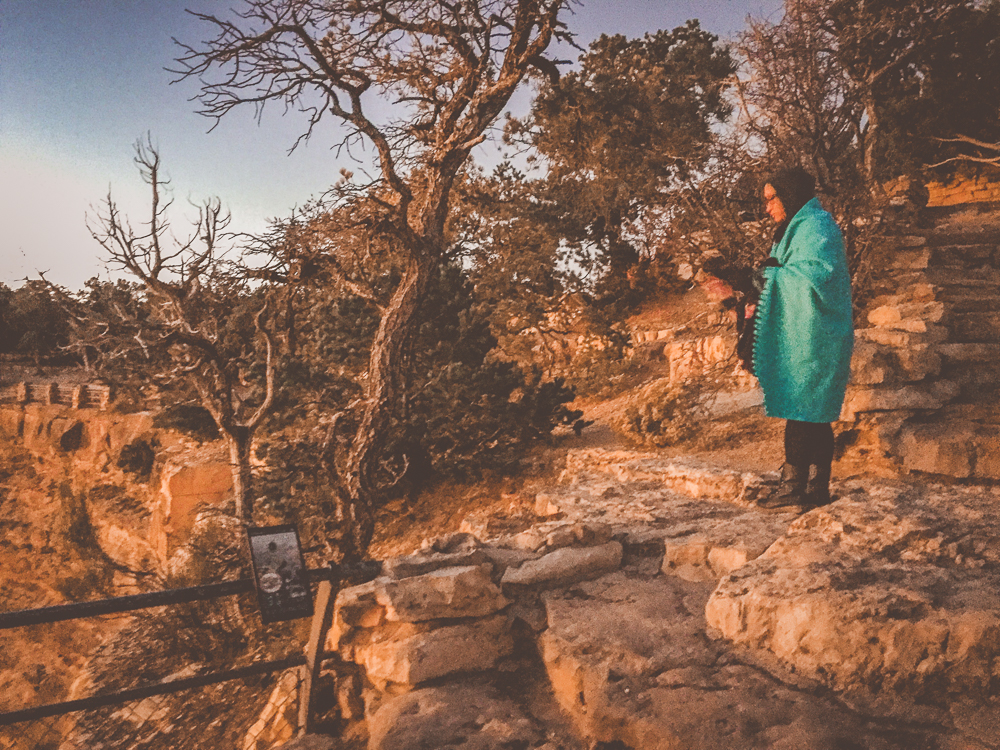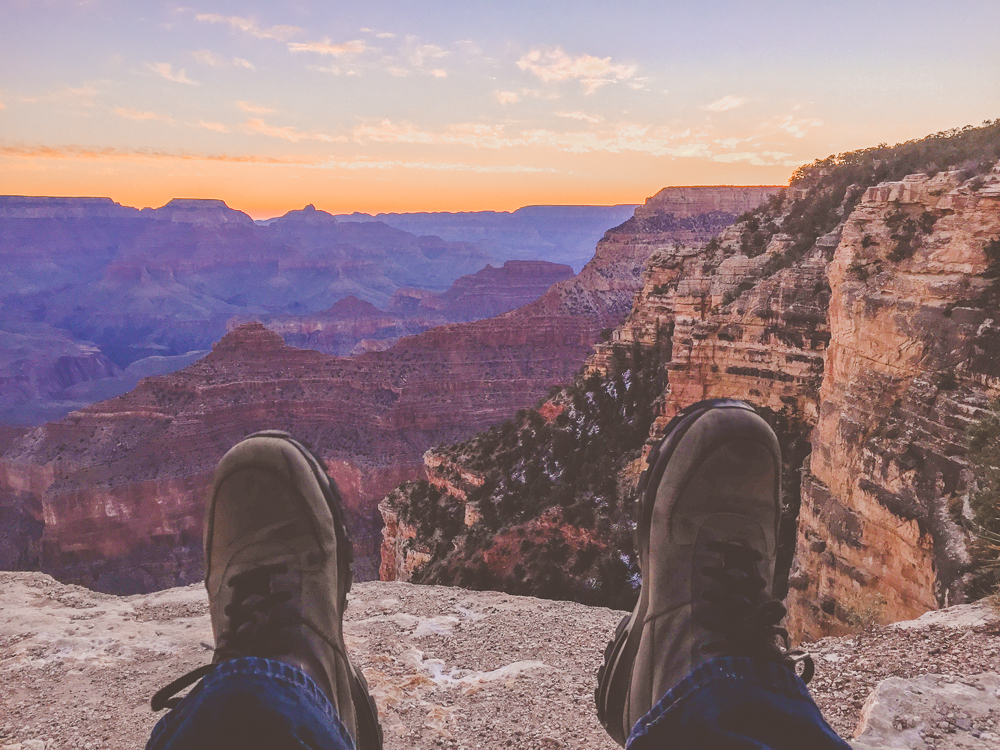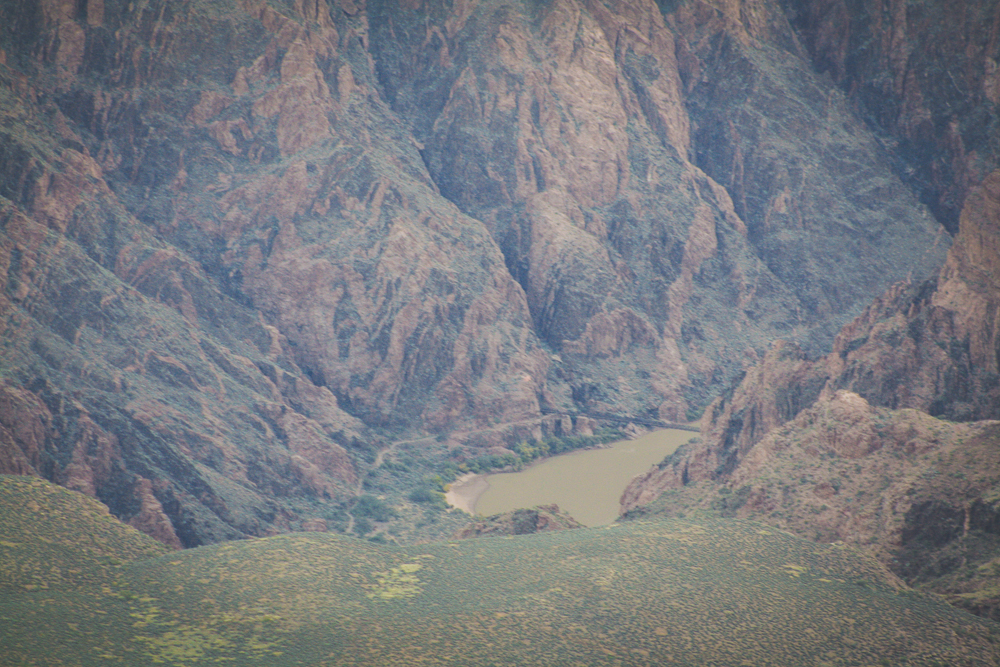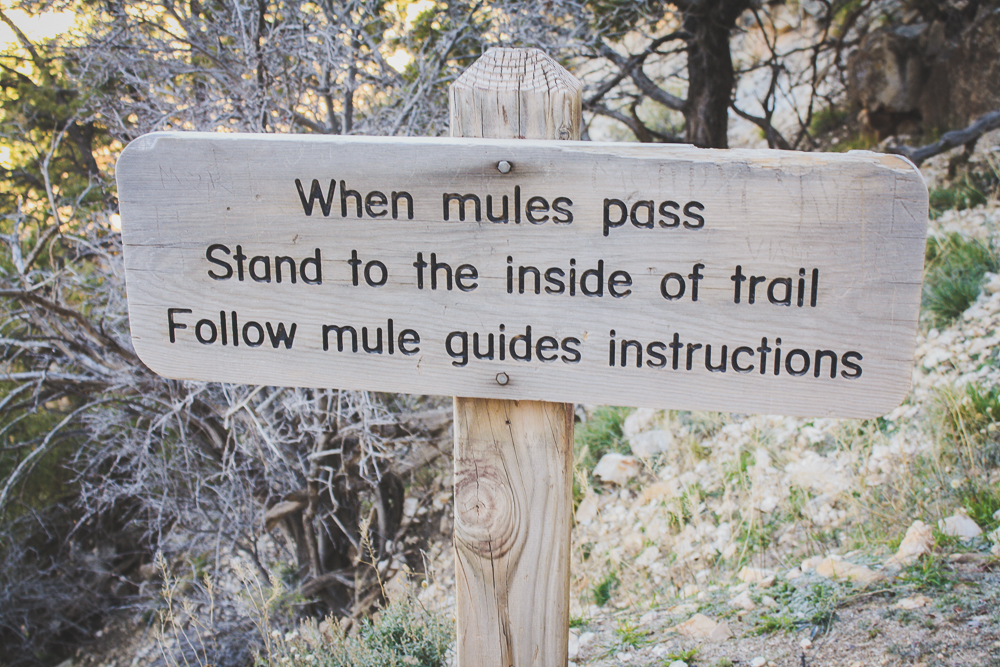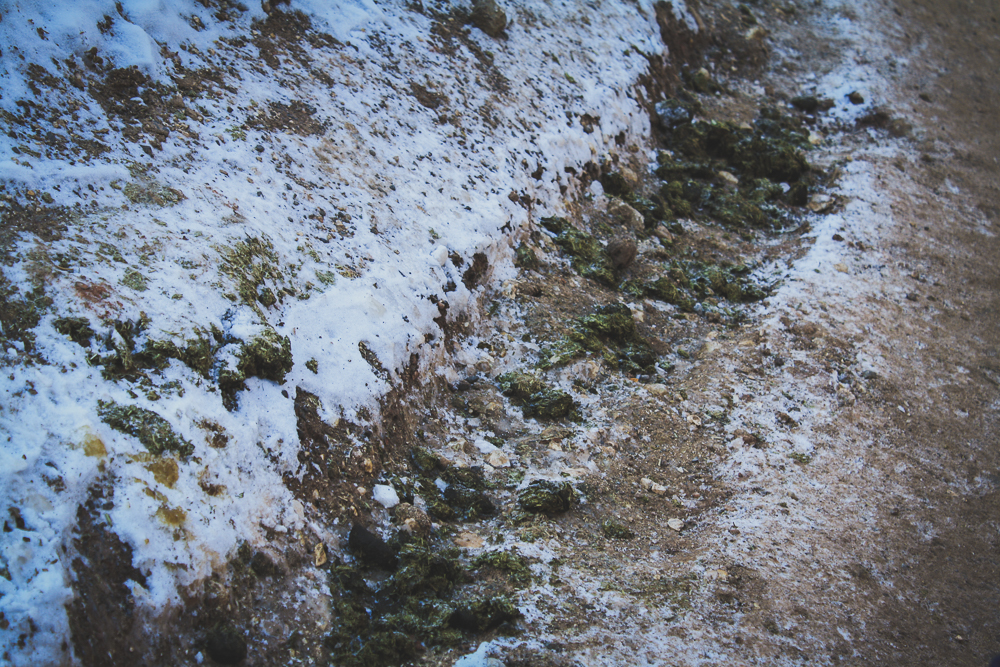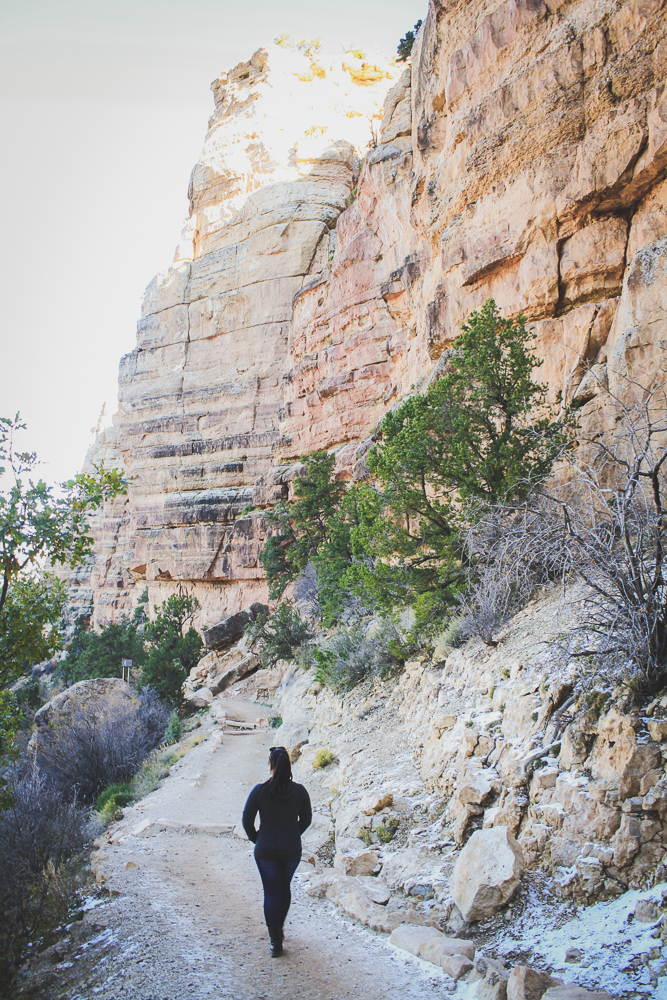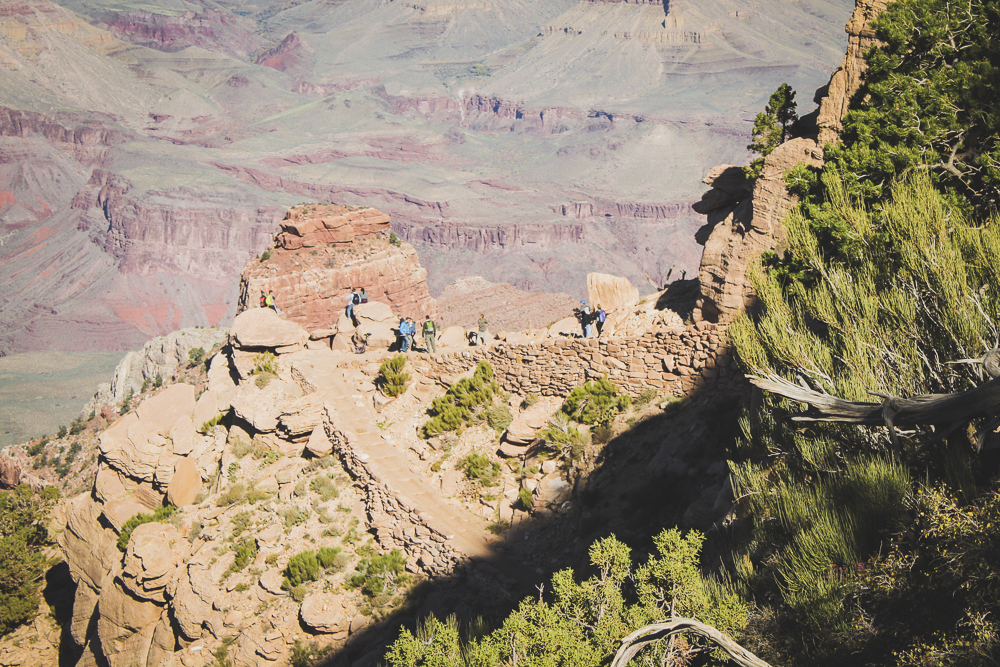As I’ve been preparing for a future blog post on the Newberry Volcanic National Monument in central Oregon, I have been wondering what exactly the difference is between a National Park and a National Monument. While the National Park Service explains that there is some difference between the two when it comes to the variety of attractions and natural features they protect, one of the most significant differences lies in how each are created. The creation of a National Park requires an Act of Congress; the creation of a National Monument simply requires a proclamation by the President of the United States.
This power—the ability to provide federal protection to land, geographic features, and artifacts without Congressional approval—was granted with the passage of the Antiquities Act in 1906. The Act was created at a time when Native American artifacts were threatened by profiteering “pot hunters” and natural resources were at risk of decimation by Industry in a "wild west" that was becoming less wild each year. Once President Theodore Roosevelt signed the Antiquities Act into law, he began to swiftly exert his new authority, using the presidential power 18 times in just three years. Roosevelt, an outdoorsman who had visited many of these painted western landscapes for himself, knew the significance of what he was protecting. This is clear when he delivered a speech at the Grand Canyon in 1903—
“In the Grand Canyon, Arizona has a natural wonder which is in kind absolutely unparalleled throughout the rest of the world. I want to ask you to keep this great wonder of nature as it now is. I hope you will not have a building of any kind, not a summer cottage, a hotel or anything else, to mar the wonderful grandeur, the sublimity, the great loneliness and beauty of the canyon. Leave it as it is. You cannot improve on it. The ages have been at work on it, and man can only mar it.”
Clearly in love with the Grand Canyon, his desire to protect the feature was carried out in 1908 when Roosevelt established 800,000 acres of northwestern Arizona as the Grand Canyon National Monument. 11 years after this declaration, Congress legislated that the Monument would be turned into a National Park. And 106 years after that, in an act that was not nearly as significant as these two, Cindy and I were getting stir-crazy in Los Angeles. We were each ready for another trip somewhere. But with our funds fully committed to a trip to Hawaii in 3 months-time, we weren’t exactly ready to charge up an expensive vacation.
It’s always at these moments that I pull out a map and try to determine where we can drive to (and for cheap). As I was scanning across Nevada, looking at the area around Las Vegas, I saw the large scar carved into Northern Arizona. The Grand Canyon. Of course! Why had I not considered it?
At 8 hours of driving away, the Grand Canyon is both very far and incredibly close to Los Angeles. So, with a cheap hotel booking on Hotwire in hand, we took off towards Barstow and caught the I-40 east across the Mojave Desert. After a brief stop in Williams, we took a solitary two-lane road north to the southern rim of the Grand Canyon. We bought the America the Beautiful National Park Annual Pass (totally worth it, by the way), stopped at the first parking lot we found. We then walked about two minutes to the rim.
The view was breathtaking.
It was now late afternoon and shadows were starting to grow on the eastern-edge of the various mesas and cliffs. Pictures do not, and cannot, explain how grand the canyon truly is. For example, look at the first “arrival” photo, above: all of the canyon I could fit into my lens is approximately 8 miles across and if your eyes were to follow the massive side-canyon up to the opposite rim, you’re looking at land 10 miles away. Beyond the boundaries of this photo, the canyon stretches an additional 20 miles to the eastern rim and 30 miles to the western rim before thinning out into a “normal sized” canyon for a combined 170 more miles east and west.
So to call this canyon “grand” is to not invoke hyperbole. The damn thing really is grand. It represents millions of years of slow but relentless decay as the mighty Colorado River carved a nearly 5,000-foot gash into the desert floor.
Wanting to take in more of the sights, we strolled along the rim of the canyon, walking towards the sun in the west. On the walk, we encountered the “Trail of Time”, a representation of the time it took to carve the canyon, symbolized via puck-sized markers lining the asphalt every few feet. Each marker stood for a million years. At the end of the trail, we reached the Yavapai Point geological museum.
From there, we decided to keep going, stopping only for more photos. Naturally, of all the ways to photograph the canyon, the most appropriate seemed to be the panorama. This park was made for the panorama.
And when panoramas didn’t seem like enough, we took silly photos to add one final touch of beauty to an already indescribably beautiful place.
After about 3.5 miles of walking along the Rim Trail, we arrived at the Hopi House and the El Tovar Hotel in the Grand Canyon Village. The sun was preparing to set and hoards of tourists like us had gathered to watch the occasion.
Nearly every website, travel article, and Park Ranger obsessed about how magical the Grand Canyon becomes at sunrise and sunset—our hotel went so far as to have the times of each published in the lobby and on the hotel newsletter. It is during these times that the beautiful forms of the canyon appear at their most complex, with long shadows weaving in and out of the canyon’s dips and peaks. The layered appearance of each wall is matched only by the beauty of colorful bands in the sky, quickly morphing as the fading light refracts through the atmosphere.
Like a pool filling with murky water, the shadows in the canyon coalesce into one large shadow and it begins to rise, filling the canyon to the top. Near the end of sunset, only the tips of the canyon’s peaks have survived the growing darkness; Eventually, even they succumb to it.
Satisfied that we experienced the grandeur of a Grand Canyon sunset, we decided to quickly rest in the El Tovar Hotel. As the winter sun disappeared, it grew abundantly clear that the desert nights were considerably more cold than the daytime. After a quick walk through the lodge (comparable to, but less impressive than, Yosemite’s Ahwahnee hotel) we departed down the hill towards the park’s shuttle bus stop. We were far too cold and tired to repeat the 3.5 mile walk back to my car and felt that a shuttle ride would be more appropriate.
When we disembarked from the shuttle bus, we were walking next to a parking lot when we saw something unexpected: Mule Deer. These furry residents were strolling around the pedestrian walkways in search for nibbles that had grown or been left behind. Unlike nearly every other deer I have witnessed in my life, these deer were incredibly placid and unafraid of the hoards of tourists which passed by them, occasionally stopping for a cringe-worthy selfie.
I grabbed only one photo and from a “safe” distance. As my flash strobed, I felt badly, as if I had bothered them, and chose not to take another.
We left our new deer friends behind and returned to the Honda. Once the car was warmed up, we departed for our hotel in Tusayan, a town just 6 miles from the rim (and the closest you can get without staying within the boundaries of the park). The small town was nearly entirely hotels and fast food joints and was somewhere between quaint and dumpy. Inside our hotel room was a laminated copy of a letter from the town mayor, apologizing for the poor quality of the Wi-Fi—assuring us that it was not the fault of the hotel, but rather an uncooperative internet service provider—and to not rate the hotel poorly on TripAdvisor or Yelp because of it.
Recognizing that we weren’t going to be catching up on any Netflix, we grabbed some fast food and turned in for the night. After all, we planned to be up early. Very early.
The next morning came very quickly. We immediately left our hotel room and disembarked from an abandoned Tusayan, driving the lonely and quiet 6 miles to the canyon rim. Banking on encountering fewer tourists, we opted to skip the main visitor’s center and drive another mile down to the Yavapai Point overlook. When we parked, we were the first car in the lot. We let our eyes adjust to the darkness and then stepped out of the car.
Now, I live in Los Angeles and, on a given night, can only see about 20 to 50 stars in the sky. But here, we saw all manner of celestial bodies twinkling overhead (everything except for the haze of the Milky Way itself). We even witnessed a satellite zipping past up above (a familiar sight in the country but incredibly rare in the city). It was all quite awesome to see, in the truest form of the word “awesome”.
Then, it was time to stake out our spot. The area around Yavapai Point is terraced and we went to the lowest step, dipping into the canyon itself. We bundled up to stay warm in the winter night and waited. We had already sensed that the atmosphere was beginning to lighten when another group showed up, the first of many. More and more tourists like us joined and after 15 minutes or so, it was starting to feel crowded.
Cindy agreed to forfeit our sweet spot and we crawled a little ways off trail, finding a much more private location to view the sunrise. The sky was now experiencing its first warm colors as the stars began to disappear from view, leaving only the moon, Venus, and the strongest of distant suns.
And then, the radiant show began! The blackness of the night gave way to a spectrum of purple, blue, white, orange, and eventually red. What appeared as a dark void before us quickly sunk into a defined canyon, with details continuing to emerge as the light found its way into each pocket and valley. All of this culminated with the very moment that the fiery sun cracked over the canyon wall.
We grabbed countless photos of the amazing view. For all of the cold and the waiting, I absolutely loved the experience. Sunrise felt far more dramatic than the sunset—for now at least.
When we felt satisfied with our experience, we returned to a now completely full parking lot and warmed up the car. We returned to Tusayan to get ready for the day and let the new sun warm the canyon up!
When we returned a few hours later, we had the goal in mind to finally dip below the top of the rim. It was time for a hike!
Our trail of choice was the South Kaibab Trail, a 7 mile hiking/mule trail to the canyon floor and back. We had no intention of actually descending all the way to the Colorado River, down below! Instead, the idea was to travel to “Ooh Aah Point”, a vista about a mile into the hike, and then promptly return. As the trail starts, it softly meanders in and out of the rim. We stepped carefully to avoid plunging into any mule droppings.
But soon, the switchbacks drop into the canyon like a slinky held from one end! This elevation change is one of Kaibab’s most defining features—it sinks about 4,700 feet across its 7 mile distance, making it one of the more steep trails into the Grand Canyon. On occasion, the trail is steep enough to warrant for “steps” to be built into the sand with logs and soil. Always evading the winter sun, these north-facing walls remain especially cold and we could see snow (which fell several days prior) still clinging to rocks and roots.
After 15 or 20 switchbacks, the back-and-forth peters out as the trail begins to hug the side of a mesa jutting into the canyon. It continues to descend until a few more switchbacks deliver hikers to Ooh Aah Point.
And yes, the view really leaves you muttering “ooh”s and “aah”s.
Satisfied with our “we’re actually inside of the Grand Canyon” photos, Cindy chose to venture a bit further into the Canyon. We made it to just above Cedar Ridge, a defining rest-point on the trail. However, seeing how many switchbacks it would take to formally arrive at the point, we opted to simply turn around and return to the rim. After all, every relatively easy step we took into the canyon would result in a much more difficult return step up to the top. This is opposite from most hikes we do, where the hard part is up-front and the return is a breeze.
It is a lesson Cindy and I learned the hard way. I did try to caution her though!—
When we finally made it back to the rim, we strolled for a bit to walk off our sore muscles and arrived at a mule pen. Mules are historically the “easier” way to get people and supplies to the canyon floor and back. We tried to get their attention and pet them but the were uninterested in us.
And thus, we decided to return to our hotel for a second time and nap. There was still one more section of the Grand Canyon we intended to explore on this trip and we figured we would wait until sunset: the East Rim and the Desert View Watchtower.
Located 15 miles east of the National Park’s main entrance and the Grand Canyon Village, the Desert View Watchtower overlooks the point where the Colorado River turns north and starts to meander towards Utah and Colorado. It also comes with a tremendous opportunity to look through the depth of the Grand Canyon from one side.
And since the sun was once again beginning to set, we could see its rays jutting through the canyon and illuminating its northern walls.
We grabbed several photos with the watchtower itself, a structure inspired by Native American pueblo architecture. Completed in 1932, I am fascinated by architect Mary Colter’s attempt to evoke an architectural style unlike that of her own culture's. It took Mary months of research and was designed to look partly ruinous—another example of early “theming”, if you ask me.
Unfortunately, the building was already closed and we couldn’t enter. Thus, we staked out a spot a few yards from where the masses were huddling and prepared for another cold, glorious winter sunset over the canyon walls.
My attitude towards the Grand Canyon has always been that I would get there “some day”. However, there was something about the place that felt like a “one trick pony”, as if I would get out, see the “main vista”, and quickly “get my fill” of the place.
Our trip to the canyon was precisely opposite from this. We were constantly finding new ways to experience the park and to view the canyon. And there are many other ways for us to experience the park in the future: hiking all the way to the canyon floor, camping, visiting in the hot summer, and exploring the various museums and art galleries that are dotted along the rim.
We fell in love with this park and fully intend to return to it one day. Until then, we have several beautiful photos to hold us off. The Grand Canyon reminded me that I am not a photographer—I am a picture-taker. I was constantly reaching my limits, unable to accurately capture low-light and night sky photos. Regardless, the canyon is such a beautiful backdrop that one cannot help but grab an amazing photo or two. Due to sheer number of exposures I took, I managed to grab several. To view more of these photos from our trip to the Grand Canyon National Park, check out the gallery below!:



















































































